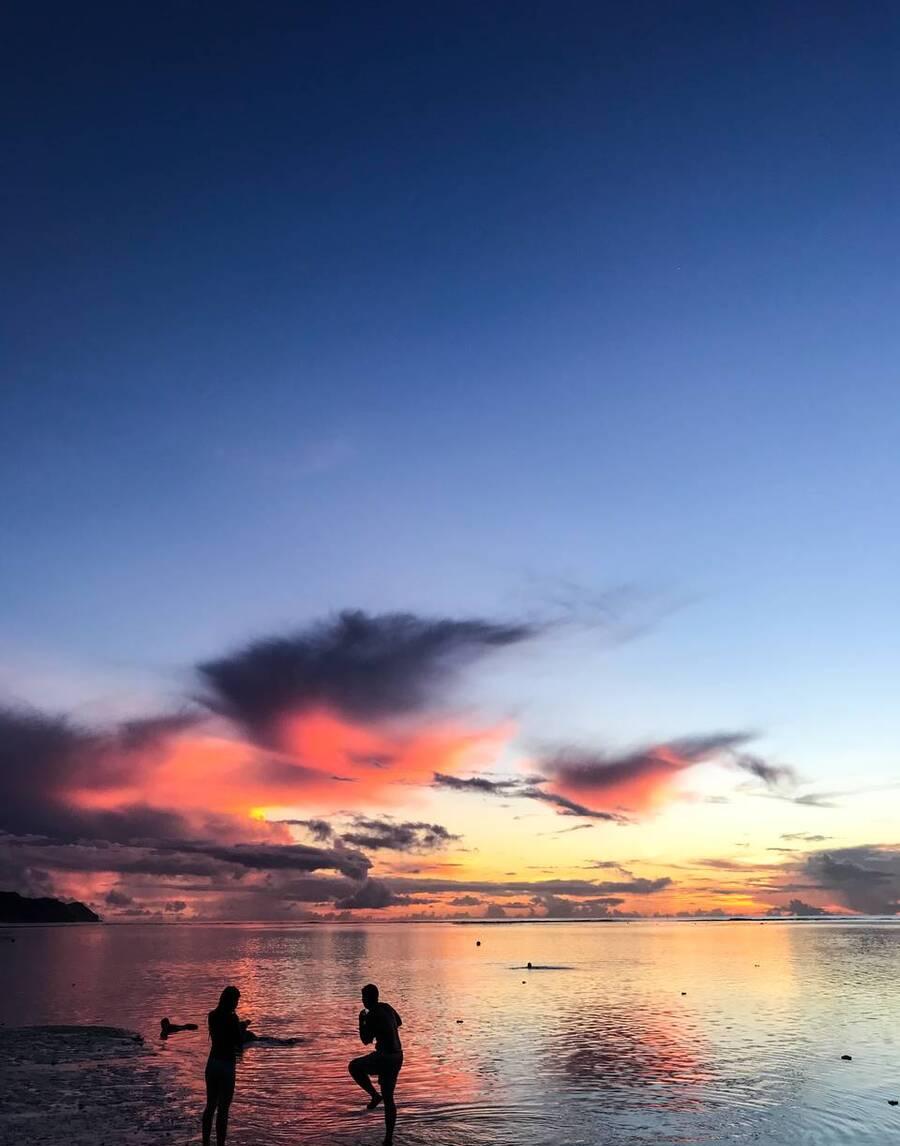Military bases are the support for the military to carry out combat and training tasks. As the most powerful country in the world today, the United States has established a large number of military bases not only within the United States, but also in its overseas territories and other countries.
According to the "2018 Fiscal Year U.S. Military Base Structure Report" released by the U.S. Department of Defense, the total number of U.S. military bases is 4775, of which 514 are overseas military bases (the number is larger according to other data) and 111 are military bases in the U.S. Overseas Territories.
These military bases are not only spread across the U.S. mainland, but also many are located in the throat of international waterways, sensitive areas of international disputes, and key areas of resource competition. Such a huge network of military bases provides important support for the United States to project military power around the world, plunder the resources of other countries, interfere in regional affairs, and even subvert the regimes of other countries.
Prospects Think Tank invited the "Maritime Security Strategy" research team to launch the "US Military Bases" series, selecting a number of representative and important strategic values of US military bases to unveil their mysteries for readers.
According to the official website of Guam Anderson Air Force Base, on August 26, an unknown number of B-52H Stratofortress bombers and about 230 pilots were deployed to Guam.
In the second part of this series, let's talk about Guam.
As one of the largest U.S. military bases in the western Pacific, how important is Guam?
Kojima Mitsuru is more lord
On March 6, 1521, Magellan discovered Guam on a globetrotting expedition. Subsequently, Spain began 300 years of rule here.
In fact, due to the internal chaos of the ruling class, the large and scattered overseas colonies, and the lagging transmission of information, Spain is not paying much attention to this remote island at this stage.
The sharp "spear tip" of the US military has penetrated deep into the Asia-Pacific region...
Ferdinand Magellan.
By the second half of the 19th century, the United States had ended its civil war and had a fully developed economy. In order to obtain more raw material sources and consumer goods markets, it gradually embarked on the colonial road, long coveting the Philippines, Cuba and the Caribbean.
At the end of the 19th century, the peoples of the Philippines and Cuba waged a struggle against colonial rule, which was brutally suppressed by the Spanish army. The American diaspora was also involved, and the news spread back to China, stirring up anti-Western sentiment among the populace.
At this moment, a sudden event completely pushed the United States to the opposite side of Spain.
On February 15, 1898, the U.S. evacuation ship Maine exploded and sank in Cuba.
On April 24, the United States officially declared war on Spain, and the Spanish-American War began.
Liu Yifei highly recommend!! High-explosive recovery, full-screen explosive artifact, super easy to clear the monster!
On January 25, 1898, the MAIN sailed into the port of Havana. Due to the Spanish government's long inaction, the defenders of Guam did not even know that their homeland was at war with the United States. When the U.S. Navy cruiser CHARLESTON opened fire on itself, the Spanish Governor of Guam saw it as a friendly greeting from the U.S. military and personally brought the salute to the harbor for salute.
As a result, the U.S. military easily occupied Guam.

Of course, americans will have to wait 30 years to truly realize the importance of Guam.
In the 1930s, as one of the world's naval powers, Japan gradually moved south after invading China, competing with Britain and the United States for resources in Southeast Asia and South Asia.
In 1941, the Japanese attacked the U.S. base on Guam after the attack on Pearl Harbor. At that time, the main U.S. warships were stationed in the Philippines, and only 400 Marines were stationed on Guam, equipped with .30-inch machine guns, unable to resist the Japanese attack. After symbolic resistance, the U.S. military announced its surrender.
For the next 31 months, Guam became known as "Omiya Island."
During this period, the Japanese army successively stationed more than 20,000 troops, set up concentration camps, forced indigenous people to work for prostitution, and about 1,000 people lost their lives in this hardship.
[Note: At that time, there were less than 20,000 indigenous people in Guam.] 】
In 1944, the U.S. military finally defeated the Japanese in the Pacific War and regained control of Guam.